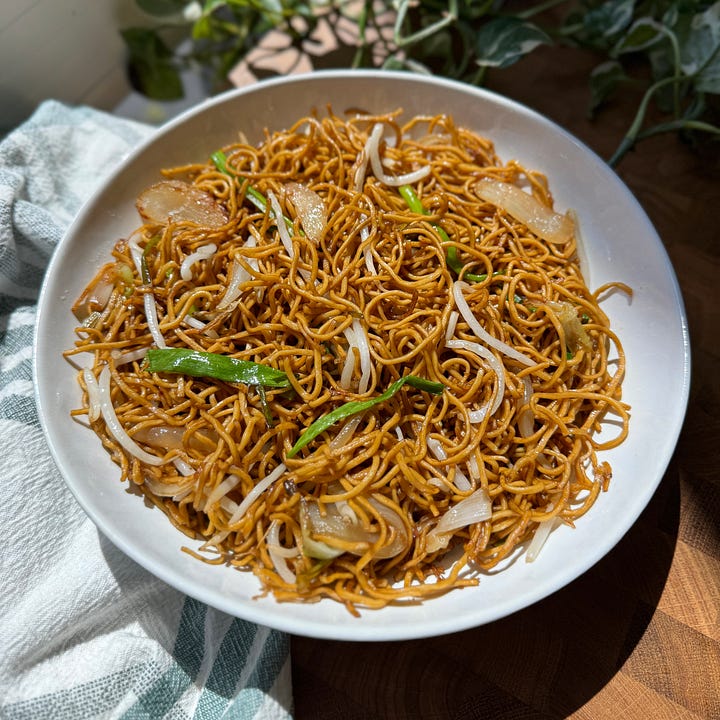In Chinese cooking, we use both light and dark soy sauce. What’s the difference between them, and how do we use them in our dishes?
It’s important to note that almost every Asian cuisine has their own type of soy sauce (i.e. Japanese, Korean, Thai, etc.). I’ll just be sharing about Chinese soy sauce since that’s what I use in all my recipes on smellylunchbox.com!
Light soy sauce is what I like to refer to as the “default” or “regular” soy sauce in recipes.
If a recipe calls for soy sauce, they’re most likely referring to light soy sauce. In my recipes, I only specify “light” soy sauce if I’m also using dark soy sauce in the recipe. Light (regular) soy sauce is used for its salty and umami flavor.
Dark soy sauce is darker and thicker compared to light soy sauce. It’s also used differently!
If you swirl dark soy sauce around in its bottle, you’ll see the sauce coat the inside of the glass. If you accidentally spill some on your white counter, you’ll want to wipe that quickly before it leaves a stain.
However, contrary to what you might think, dark soy sauce is actually less salty compared to light soy sauce. It’s used mostly to achieve the beautiful, deep caramel color on dishes like this Cantonese soy sauce chow mein or these soy sauce-braised chicken wings. Just a little bit goes a long way, so you’ll typically see it used in small amounts in recipes.


My go-to brand for light and dark soy sauce:
is Lee Kum Kee! Pearl River Bridge is another great brand of soy sauce that sells both light and dark soy sauce.
That’s all I have for this week — let me know if you found this helpful!
Happy cooking :)
Susanna




